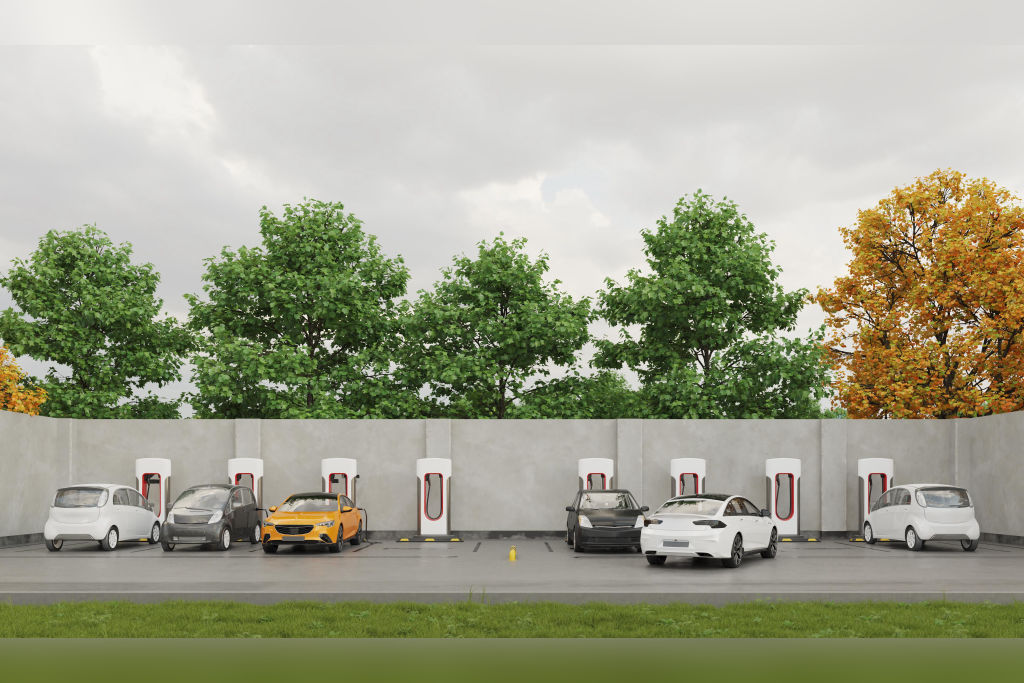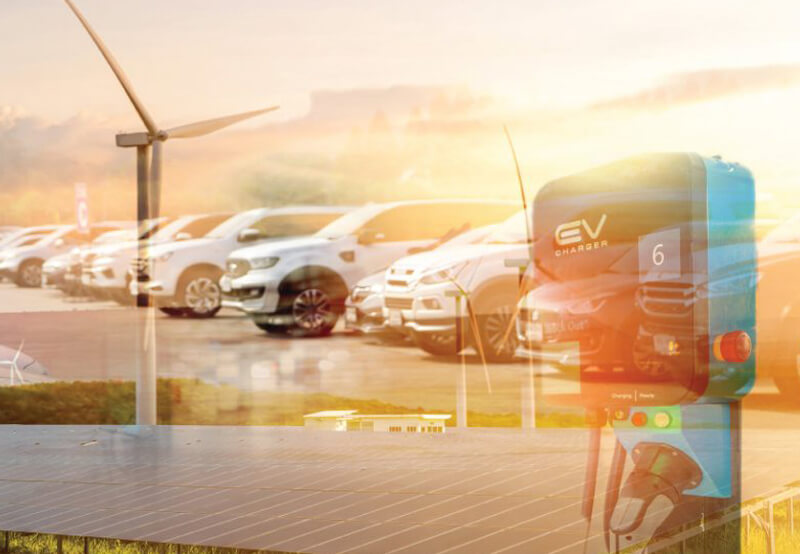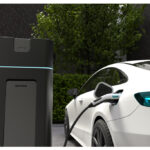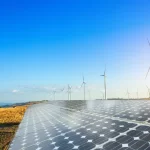EV Market in South Asia: Trends & Growth Overview
The automotive industry is facing an embodiment of revolution as different countries across the globe begin adopting sustainable transportation. The electric vehicle (EV) revolution holds a prominent position on this transformation since environmental issues, technological innovations, and government programs have led to this change. With countries targeting high levels of carbon neutrality, EVs are poised to take over the traditional vehicles based on conventional fuels and with them a green and clean environment.

South Asia, a region known for its densely populated cities and high vehicle dependence, is emerging as a significant hub for EV growth. With India leading the charge, followed by Bangladesh, Sri Lanka, Nepal, and Pakistan, the region is witnessing a surge in EV adoption. This change is being hastened by a mixture of government policies, soaring fuel prices and a rising consumer consciousness. This blog delves into the EV trends, EV growth, and EV adoption across South Asia, highlighting the EV market size in India and forecasting the future of electric vehicles in the region.
Market Overview
Driven by economic and urbanization and drive by climate-related policies, the South Asian EV market is growing at a rapid pace. India, which has the largest automotive market in the region, is leading this shift, immediately by majoring its investments to produce EVs and build EV infrastructure.
Key Growth Statistics:
- The EV market in India is estimated to cross 206 billion by 2030 with a CAGR of more than 35 percent.
- Bangladesh has a target of switching 30 percent of its vehicles to electric in 2030.
- The country of Nepal has shown a fifty percent annual growth in EV registrations since they were introduced with a tax provision.
- With a large governmental support, Sri Lanka is looking forward to reaching an electrification level of 100 percent by 2040.
- The policy in Pakistan, the National Electric Vehicle Policy, is targeting a 30 per cent share of new vehicle sales to be EVs, by 2030.
Current Market Landscape
South Asian EV ecosystem is rich in players and as a result new entrants into the market with a view to take advantage of emerging demand. Key manufacturers and service providers include:
- India: Tata Motors, Mahindra Electric, Ola Electric, Ather Energy
- Bangladesh: Walton Hi-Tech, Bangladesh Auto Industries Limited
- Nepal: BYD, Hyundai, MG Motors
- Sri Lanka: Vega Innovations, Micro Electric
- Pakistan: Jolta Electric, Tesla Industries Pakistan
Adoption Rates Across Countries
The leading country in the region is India where it holds a market share of more than 80% in the purchase of EVs in South Asia. Bangladesh and Nepal are growing markets that have great government support and Sri Lanka and Pakistan are slowly getting popularity and adapting with governmental support and development of infrastructure.
Government Policies & Incentives
Government initiatives are instrumental in accelerating the transition to EVs in South Asia. Various subsidies, tax credits, and infrastructure programs are being implemented to make people shift to electric mobility and manufacturers.
India
- FAME II Scheme: Offers ₹10,000 crores as an incentive for the buyers of EVs.
- GST Reduction: The EVs attract a 5% GST, much less than petrol/diesel vehicles.
- Battery Swapping Policy: Encourages rapid battery swapping infrastructure.
- State Incentives: Maharashtra, Delhi, and Tamil Nadu offer additional subsidies to EV manufacturers and users.
Bangladesh
- Tax Rebates: Import duties on EVs have been significantly reduced to make them affordable.
- EV Infrastructure Development: Government is investing in charging points to boost adoption.
- Renewable Energy Integration: Plans to integrate solar-powered charging points for EVs.
Nepal
- Duty Exemptions: Import of EVs is subject to lower excise duties compared to fuel-based vehicles.
- Financial Incentives: Low-interest financing for EV buying by banks.
Sri Lanka
- 100% Tax Exemption: 100% import duty exemption for electric vehicles.
- Green Energy Policies: Hydro and solar-powered EV infrastructure investments.
Pakistan
- National EV Policy: 30% EV penetration goal by 2030, emphasizing two-wheelers and three-wheelers.
- Tax Reductions: Reduced import duty on EV batteries and charging equipment.
Challenges in the EV Market
Although the growth is good, there are a number of obstacles that can move the adoption of EVs in South Asia.
- Charging Infrastructure: There is also lack of charging stations especially in the countryside.
- Great Cost in Battery: Lithium-ion batteries make up a good percentage of the EVs, thereby making them quite unaffordable.
- Consumer Skepticism: A number of consumers have range jitters, apprehensive about a resale value, and unawareness.
- Supply Chain Challenges: The area is also dependent on imports of battery production and other centers of EV components thus experiencing supply chain breakdowns.
Future Trends & Innovations
South Asia EV market will change very much in the coming 5-10 years with both technological and policy change.
- Battery Developments: Solid-State Battery Research and sodium-ion battery research are trying to make batteries less expensive to manufacture and more efficient.
- Local Manufacturing: The governments advocate local production of EVs to have less dependency on imported products and generate employment.
- Green Energy Integration: A rise in the use of charging points powered by the sun and smart grids to make them more sustainable.
- Smart and Autonomous EVs: Smart and autonomous vehicles will also increase safety and efficiency with their AI driven vehicle technology.
- Increase in Charging infrastructure: Charging infrastructure is expected to be placed both by the public and the private sectors in order to allay the range anxieties.
Conclusion
South Asia is at the brink of an EV revolution, with India leading the way in EV growth and infrastructure development. Government policies, technological innovations, and increasing consumer awareness are accelerating EV adoption across the region. But issues such as gap in infrastructure, cost and dependency in supply chains must be solved to maintain this momentum.
The future of electric vehicles in South Asia is promising, with local manufacturing, battery advancements, and green energy integration shaping the next decade. In line with the governments, manufacturers, and consumers becoming more sustainable, the region is set to become a major contributor of the global EV ecosystem.
As a business and policy decision maker, the potential of South Asia EV market is its huge potential in innovation, employment and economic development. Electric mobility is not only a trend but it will be the future.
Frequently Asked Questions (FAQs)
Government incentives, high fuel costs, and growing consumer awareness are key drivers of EV adoption in South Asia.
India is the dominant player, accounting for over 80% of EV sales in the region.
Limited charging infrastructure, high battery costs, supply chain issues, and consumer skepticism are major challenges.
Governments are offering subsidies, tax reductions, and incentives for EV buyers and manufacturers, along with investments in charging infrastructure.
The future is promising, with advancements in battery technology, expansion of charging infrastructure, and increased local manufacturing set to drive growth.












